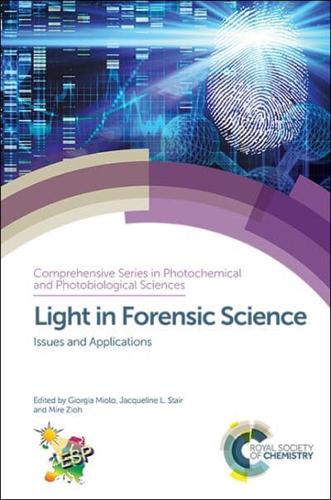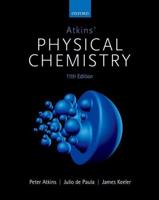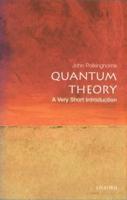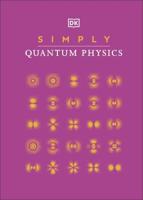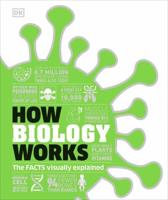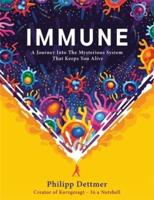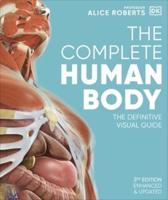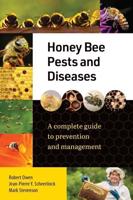Publisher's Synopsis
The identification and quantification of material present and collected at a crime scene are critical requirements in investigative analyses. Forensic analysts use a variety of tools and techniques to achieve this, many of which use light. Light is not always the forensic analyst's friend however, as light can degrade samples and alter results.
This book details the analysis of a range of molecular systems by light-based techniques relevant to forensic science, as well as the negative effects of light in the degradation of forensic evidence, such as the breakage of DNA linkages during DNA profiling. The introductory chapters explain how chemiluminescence and fluorescence can be used to visualise samples and the advantages and limitations of available technologies. They also discuss the limitations of our knowledge about how light could alter the physical nature of materials, for example by breaking DNA linkages during DNA profiling or by modifying molecular structures of polymers and illicit drugs. The book then explains how to detect, analyse and interpret evidence from materials such as illicit drugs, agents of bioterrorism, and textiles, using light-based techniques from microscopy to surface enhanced Raman spectroscopy.
Edited by active photobiological and forensic scientists, this book will be of interest to students and researchers in the fields of photochemistry, photobiology, toxicology and forensic science.


